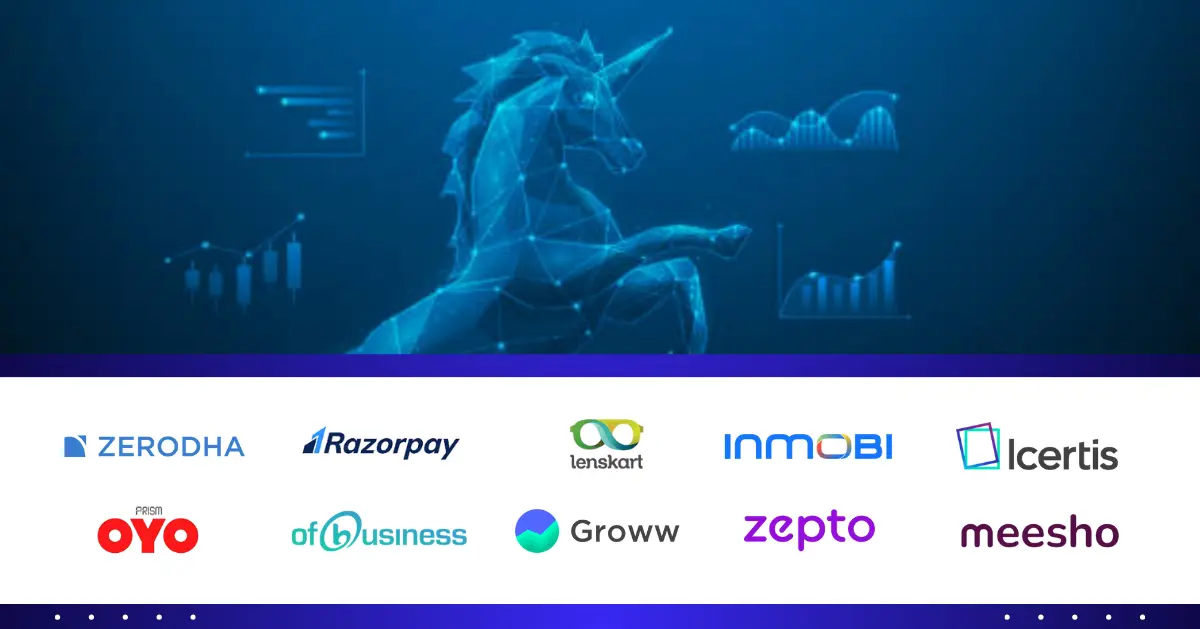
In modern times, employees are provided with two social security schemes for their welfare and long-term benefits. PF and ESI calculation have been designed specifically to ensure financial security for professionals working in the country. Being regulated by Employee Funds Provision (EPFO) and the Employee State Insurance Corporation (EPSI), these schemes have proven to be game changers for the betterment of working professionals over the years.
These schemes benefit employees with retirement savings, medical benefits, financial protection, and much more. However, to avail themselves of these schemes during their retirement or medical use, they must follow the guidelines of timely payments and contributions to avoid a penalty. Registration of pf and esi scheme provide a easy breakdown on enrolling for these 2 welfare schemes.
What is Provident Fund (PF)?
One of the questions or doubts which often lingers on every entry level professionals mind is what is provident fund? To provide a simple explanation, it is a contribution that both the employer and employee make is best defined as a provident fund.
Under this scheme, the employee receives this money during their retirement or can use it for medical emergencies or if they have to discontinue working because of unforeseen circumstances like major injuries or disabilities.
Moreover, this scheme provides several benefits of Pf account in the long run and is a major financial asset to his/her families. This way, over time, employees, through the help of PF, can build a financial safety net towards their retirement and fulfil their long-term financial goals.
Analysis of PF Contribution Rate
Every month, the employee contributes 12% of his salary to the PF account, and the employer also contributes the same amount. Of the employer’s contribution rate of 12%, 8.33% is reserved for the Employee Pension Scheme (EPS), and the rest is contributed to the employee’s PF.
At the latest, employers must pay the PF by the 15th of each month. Being late has many consequences, including damaging the firm’s reputation.
PF payments are made via the EPFO portal, which utilises the Electronic Challan cum Return (ECR) system. Wage detail entries and calculations must be precise to eliminate differences.
Benefits of PF Account
Provident Fund can be instrumental towards offering long-term benefits to both employees and employers.
1. Retirement Savings
It serves as a long-term savings asset for employees, providing them with financial security in their retirement years.
2.Employer Contribution
Along with the Employee, even the employer makes a certain contribution, which adds to the overall retirement corpus
3.Tax Reduction
One of the biggest advantages of contributing to PF is that employees become eligible for tax deductions. Certain tax deductions are available under Section 80C of the Income Tax Act, which means there is no tax on the interest earned towards PF contributions.
4.Liquidiuty
While the primary motive of Pf is to build a stable financial income towards retirement, it also provides liquidity through allowing partial withdrawals for specific purposes. This can include housing, education or medical emergencies.
What is ESI Scheme?
Employment state insurance scheme has been recognized as an economic welfare scheme by the government of India which provides financial aid to employees. Much like Pf, it serves as beneficial aid for those who take early retirement due to unforeseen circumstances in life.
More importantly there are several benefits of Esi scheme when it comes to covering medical emergencies which can include
- Sickness
- Maternal Leave
- Disablement
Moreover it also provides medical care benefits, not just for employees but also for their family members. SInce its introduction in 1948, it has been a vital aspect of Employment Payroll in the country. But a critical component of ESI is that its only applicable to employees with a monthly salary of less than 21,000 INR.
Evaluation of ESI Employee and Employer contribution
The rates for the contribution are declared by the ESIC and over the years have been revised from time to time. Contributions are made from both the employees and employer.
The contributions are as follows.
- Employer contribution – 3.25% of the wages paid/payable
- Employee contribution – 0.75% of the wages paid/payable
Lets understand this better with an example of an employee earning INR 15000.
| Contribution | Calculation | Amount |
| Employer contribution (3.25%) | 15000*(3.25%) | 487.5 |
| Employee contribution (0.75%) | 15000*(0.75%) | 112.5 |
| Total | 600 |
Benefits of ESI scheme for Employees
Now that we have covered the basic of ESI and how it works, lets look at some of the advantages which employees are entitled to.
1.Sickness
Under the ESI scheme, employees can obtain sickness benefits for maximum 91 days in a year. To cover this cost, the amount that employees receive is 70% of their salary. However it is only applicable, once they provide a medical certificate for the same as part of verification.
2.Medical Benefits
One of the major benefits of ESI scheme, is that it not just applicable to the employee but also extends to the family members. Moreover even after their retirement, the medical benefits also extends to their spouses which provides a much needed security for them.
3.Maternity Benefits
ESI scheme can be highly beneficial for the female employees in the company. Under this scheme, they are entitled to receiving their complete salary during the course of their leave. Moreover the leaves which they receive is for 26 weeks and can also extend for 4 more weeks for their recovery post pregnancy.
4.Dependant Benefits
As discussed earlier even families of the employees registered under ESI can avail benefits of Esi scheme. That being said, incase an employee has a untimely demise while being employed, their family would receive 90% of the salary which is paid every month.
PF and ESI Compliance – Why it Matters
Adhering to well regulated Pf and Esi compliance not only benefits employees but also serves best interest for businesses as well. Lets understand how.
- Pf and Esi compliance builds trust and reflects a healthy nature and responsibility of businesses.
- Timely payments showcases financial discipline and commitment towards integrity.
- Healthy compliance practice helps with maintaining employee records and accurate documentation at all times.
- For a more detailed guide on ESI, refer to ESI compliance guide to remain upto date.
How to Make PF and ESI Payments
The government over the years have worked on reforms to make the process much easier for employees to get started.
- Employees should first register on the EPFO and ESIC official portals.
- Upon registration, they need to generate challans online each month.
- Payments can be made through net banking or any authorized banks.
- Employees will require documents such as pan card, GST certificate, employee details and digital signature of the employer.
- Once the payment is completed, keep a copy of payment receipt and store a copy of future audits and inspection.
Common Mistakes to Avoid
There are some of aspects which both employee and employer need to be aware of to safeguard their interest at all times.
- Avoid any delay in Pf and Esi payments for penalties or interest.
- Ensure to provide accurate wage details while calculating the contribution.
- Verify all employee data before filing in returns.
- Update employee exits promptly for maintaining compliance.
- Remain up to date with any reforms or changes in wage limits or government notifications.
PF and ESI payments are not just legal requirements but a step towards employee well-being. Timely payments keep your business trustworthy.Responsible compliance is the mark of a professional business. It helps build a positive work culture and boosts employee morale.
Frequently Asked Question (FAQs)
Q – Is PF applicable to all employees?
A – For employees who make more than INR 15000 qualify to register themselves for Pf scheme.
Q – How is the ESI contribution rate calculated?
A – While employees contribute 0.75%, the employers contribute 3.25% of the gross monthly salary. This way, the total gets calculated to 4%.
Q – What is the eligibility criteria for ESI scheme?
A – Only the Employees who earn a salary of INR 21,000 or below qualify for the ESI scheme.
Q – Is there a penalty for delayed Pf or Esi Payment?
A – Delays or untimely payments attracts pnealties under the respective acts which can have a negative effect on the compliance status.
Q – Is it a possibility for employees to opt out of Pf or Esi scheme?
A – If the employee meets the qualifying criteria for either of the scheme, then enrolling becomes mandatory for them.
Q – How does PF help employees in the long term?
A – PF ensures savings for retirement, emergencies, and long-term financial security, along with interest income.
Q – What documents are required for PF and ESI calculation and filing?
A – Basic salary details, employee ID, Aadhaar, PAN, bank account info, and wage structure are required for accurate filing.
Q – How does PF help employees in the long term?
A – PF ensures savings for retirement, emergencies, and long-term financial security, along with interest income.




